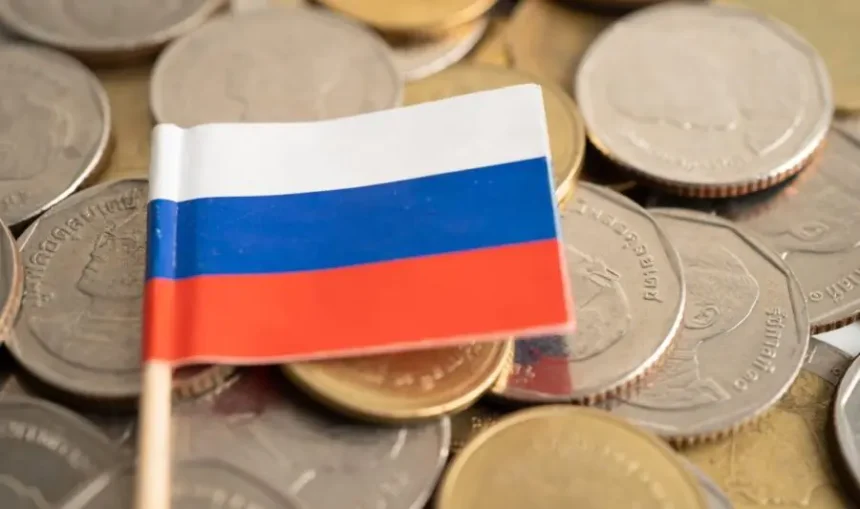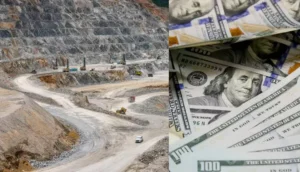Ukraine could receive $300 billion in financing without directly confiscating Russian assets, Reuters reports. The money will be used for defense and covering the budget deficit.
As Reuters columnist Hugo Dixon notes in his article, since Russia’s invasion of Ukraine in 2022, Western politicians have been debating how to use Russia’s frozen assets. The European Commission has supported the concept of a reparations loan proposed by international experts.
The mechanism is based on the principle that Russia should pay for the damage. Ukraine will repay the loan only if Moscow pays reparations. If Russia refuses, the loan will be written off.
Since the start of the war, G7 countries have frozen approximately $300 billion in Russian Central Bank assets. Most of this is held in Belgium.
The idea of complete asset confiscation has met with resistance from Germany, France, and Belgium. Therefore, a reparations loan is seen as a more legal alternative.
One option involves transferring Russian assets to a specially designed SPV. It will be able to issue loans to Ukraine with the condition that repayment will occur only upon Moscow’s payment of reparations.
However, legal ownership of the assets will remain with Russia. This approach is not considered confiscation, but merely a change of custodian.
Another mechanism involves purchasing long-term EU bonds with zero interest rates using Russian assets. The EU would then be able to provide a loan to Ukraine.
However, this option is more complex and could place a burden on EU member states if Moscow fails to pay compensation. Therefore, the SPV option appears simpler and safer.
Ukraine could face a funding shortfall as early as early next year. The US has almost completely stopped aid, and Kyiv needs quick solutions.
Experts emphasize that the sooner a reparations loan mechanism is created, the stronger Ukraine’s position will be in negotiations with Russia.
About €210 billion of Russian assets are frozen in the EU. Another €75 billion are held outside the bloc. The UK, Canada, and Japan may join the initiative.
Canada, as the G7 chair, is prepared to discuss the idea with its partners. The US holds only $5 billion in Russian assets, but its support would add political weight.
As noted in the publication, the EU wants to strengthen its position in negotiations to end the war. A reparations loan could be a tool for this and ensure Kyiv’s financial stability.
If the solution is implemented soon, the EU will gain a key role in resolving the conflict.
Earlier, the Financial Times reported that the EU is preparing a reparations loan scheme for Ukraine worth €170 billion. The frozen Russian assets held in Euroclear are expected to form the basis for these loans.
Բաժանորդագրվեք մեր ալիքին Telegram-ում







